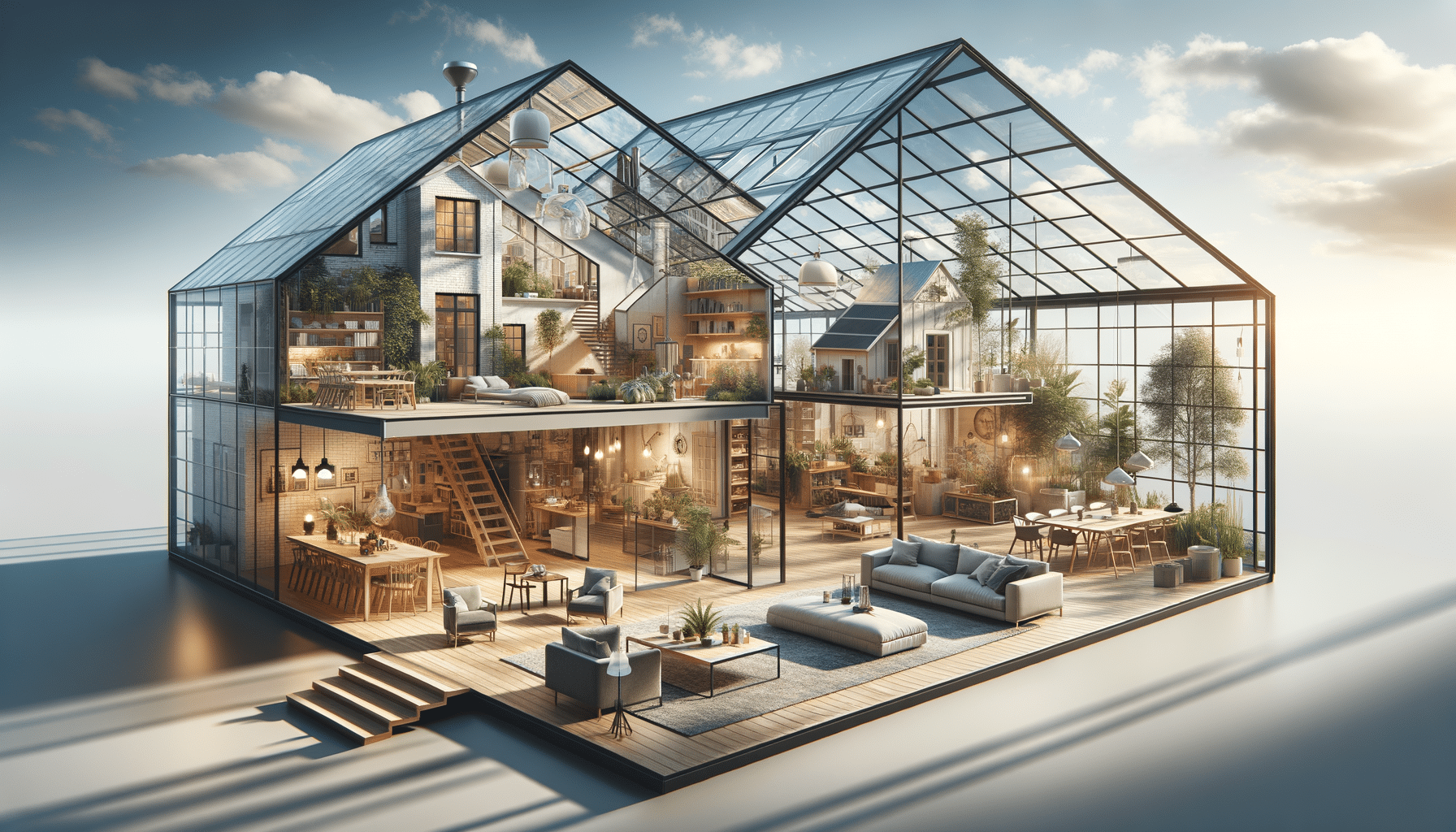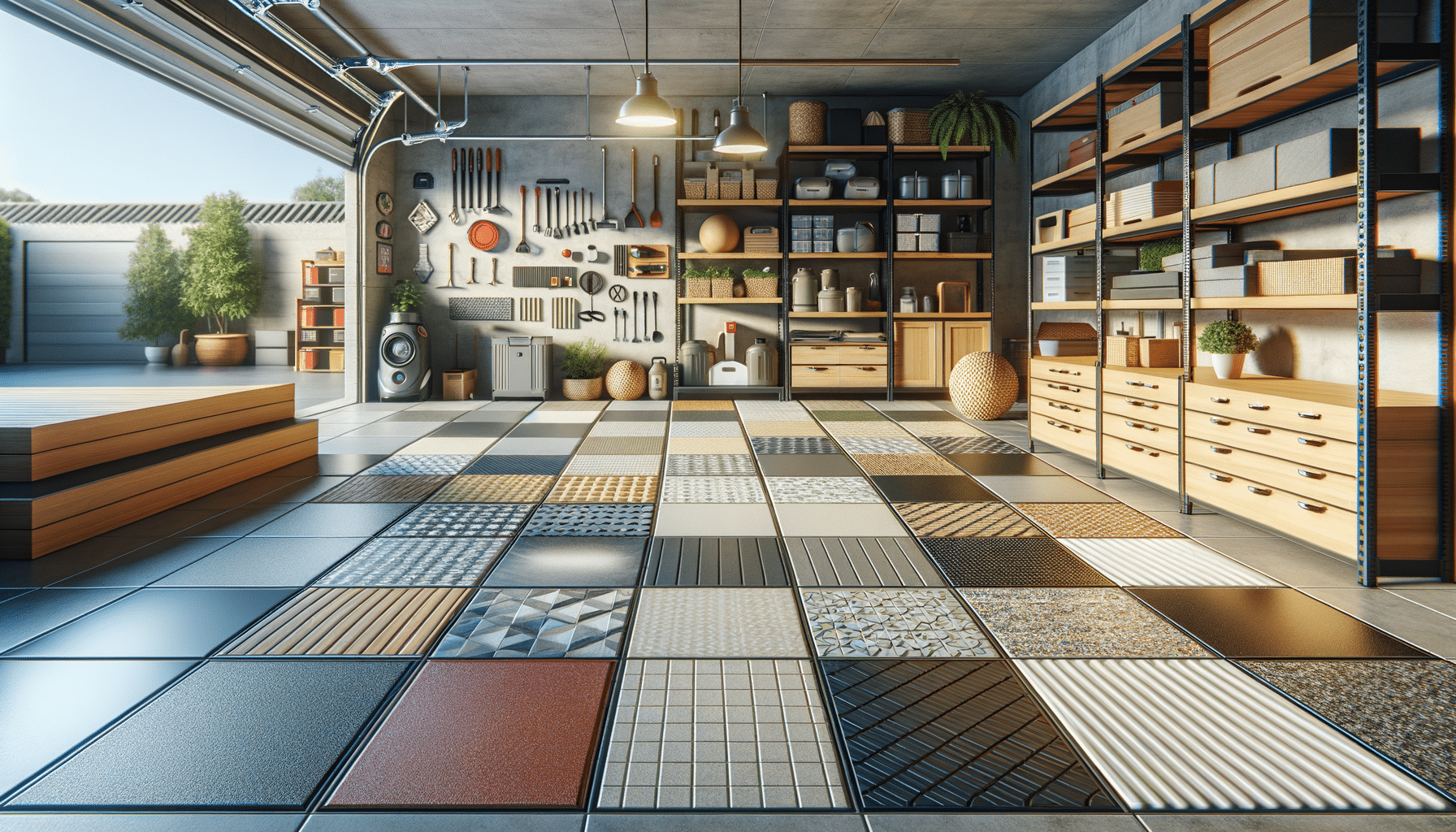
Exploring the Versatility and Benefits of Roof Glass
The Evolution and Significance of Roof Glass
Roof glass has become an integral part of contemporary architecture, offering a unique blend of aesthetic appeal and functional benefits. Over the years, the use of glass in construction has evolved significantly. Initially, glass was predominantly used in windows and doors, but advancements in technology and design have expanded its application to roofing. This evolution reflects a broader trend in architecture towards creating spaces that are not only functional but also visually striking.
One of the primary reasons for the growing popularity of roof glass is its ability to enhance natural lighting. By allowing sunlight to penetrate the interior spaces, roof glass reduces the need for artificial lighting, thereby contributing to energy efficiency. This is particularly beneficial in regions with limited daylight during certain seasons. Moreover, the transparency of glass roofs provides an unobstructed view of the sky, creating a sense of openness and connection with the outdoors.
In addition to lighting benefits, roof glass also contributes to the aesthetic value of a building. Its sleek and modern appearance can transform the look of a structure, making it stand out in urban landscapes. The versatility of glass allows architects to experiment with various designs, from flat and minimalist roofs to intricate and artistic shapes. This flexibility in design makes roof glass a preferred choice for both residential and commercial buildings.
Types of Roof Glass and Their Applications
There are several types of roof glass, each with its unique properties and applications. Understanding these types can help in selecting the right glass for specific architectural needs. The most common types include tempered glass, laminated glass, and insulated glass units (IGUs).
Tempered glass is known for its strength and safety. It is heat-treated to enhance its durability, making it resistant to impact and thermal stress. This type of glass is ideal for areas prone to extreme weather conditions, as it can withstand strong winds and heavy snow loads. In the unlikely event of breakage, tempered glass shatters into small, blunt pieces, reducing the risk of injury.
Laminated glass consists of two or more layers of glass bonded together with an interlayer, usually made of polyvinyl butyral (PVB). This construction enhances its durability and safety. Laminated glass is often used in skylights and overhead glazing, where safety is a primary concern. The interlayer helps hold the glass together even if it breaks, preventing shards from falling.
Insulated glass units (IGUs) are designed to improve energy efficiency. They consist of two or more glass panes separated by a spacer and sealed to create an insulating air space. This configuration helps reduce heat transfer, keeping interiors cooler in the summer and warmer in the winter. IGUs are commonly used in both residential and commercial buildings to enhance thermal performance.
Advantages of Incorporating Roof Glass in Modern Architecture
Incorporating roof glass into modern architecture offers numerous advantages that go beyond aesthetics. One of the most significant benefits is energy efficiency. By maximizing natural light, roof glass reduces reliance on artificial lighting, leading to lower energy consumption. This not only helps in reducing electricity bills but also contributes to environmental sustainability by lowering carbon footprints.
Roof glass also enhances the indoor environment by improving air quality and comfort. Natural light has been shown to boost mood and productivity, making it an excellent choice for office spaces and homes. Additionally, the transparency of glass roofs allows for better ventilation, as they can be designed to open partially or fully, facilitating airflow and reducing the need for air conditioning.
Another advantage of roof glass is its versatility in design. Architects can use it to create unique and innovative structures that stand out. Whether it’s a minimalist flat roof or a complex geometric design, roof glass can be adapted to suit various architectural styles. This flexibility makes it suitable for a wide range of applications, from residential homes to commercial complexes and public buildings.
- Energy efficiency through natural lighting
- Improved indoor air quality and comfort
- Versatility in architectural design
Challenges and Considerations in Using Roof Glass
While roof glass offers numerous benefits, there are challenges and considerations that must be addressed to ensure its effective use. One of the primary concerns is the potential for heat gain. In areas with intense sunlight, glass roofs can lead to overheating if not properly managed. To mitigate this, architects often incorporate shading devices or use tinted or reflective glass to reduce solar heat gain.
Another consideration is the maintenance of roof glass. Unlike traditional roofing materials, glass requires regular cleaning to maintain its transparency and aesthetic appeal. This can be a challenge in areas with high pollution or frequent rainfall, where dirt and grime can accumulate quickly. Automated cleaning systems and self-cleaning glass coatings are available solutions, but they add to the overall cost.
Cost is another factor to consider when opting for roof glass. The initial investment for glass roofing can be higher compared to traditional materials. However, the long-term savings in energy costs and the added value to the property often justify the upfront expense. Additionally, the installation of glass roofs requires skilled labor and precision to ensure safety and durability, which can further increase costs.
- Potential for heat gain and solutions
- Maintenance requirements and solutions
- Cost considerations and long-term benefits
Future Trends in Roof Glass Technology
The future of roof glass technology looks promising, with ongoing innovations aiming to enhance its functionality and sustainability. One of the emerging trends is the integration of smart glass technology. Smart glass can change its opacity or transparency in response to external stimuli, such as sunlight or temperature. This allows for better control over light and heat, improving energy efficiency and comfort.
Another trend is the development of photovoltaic glass, which can generate electricity while serving as a building material. This technology integrates solar cells into the glass, allowing buildings to harness solar energy without compromising on design. Photovoltaic glass is expected to play a significant role in the push towards sustainable and energy-efficient buildings.
Additionally, advancements in manufacturing processes are leading to the production of thinner and lighter glass panels without compromising on strength and durability. This opens up new possibilities for architectural designs and applications, making roof glass more accessible and versatile.
As technology continues to evolve, roof glass is set to become an even more integral part of modern architecture, offering solutions that align with the growing demand for sustainable and innovative building practices.
- Smart glass technology
- Photovoltaic glass for energy generation
- Advancements in manufacturing processes


